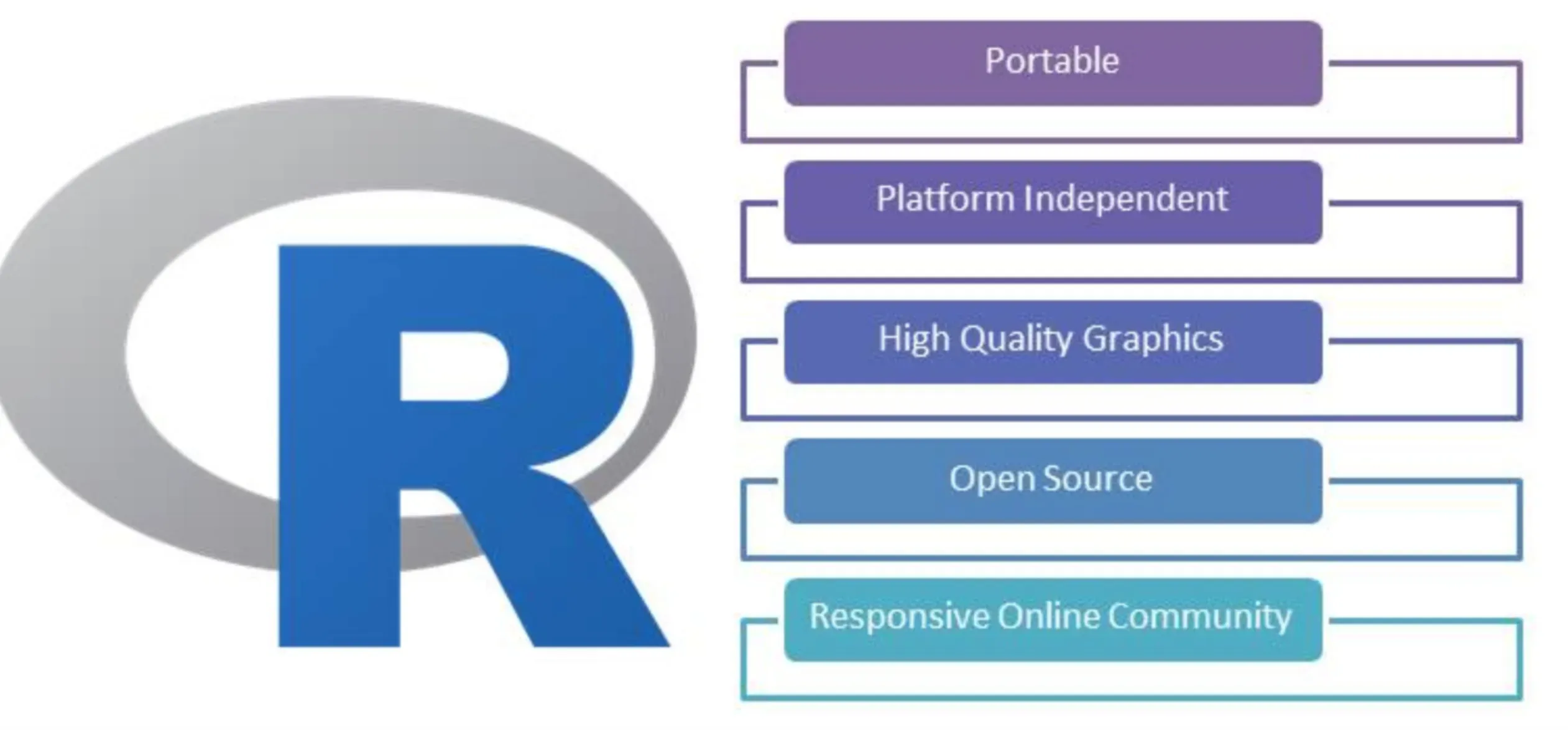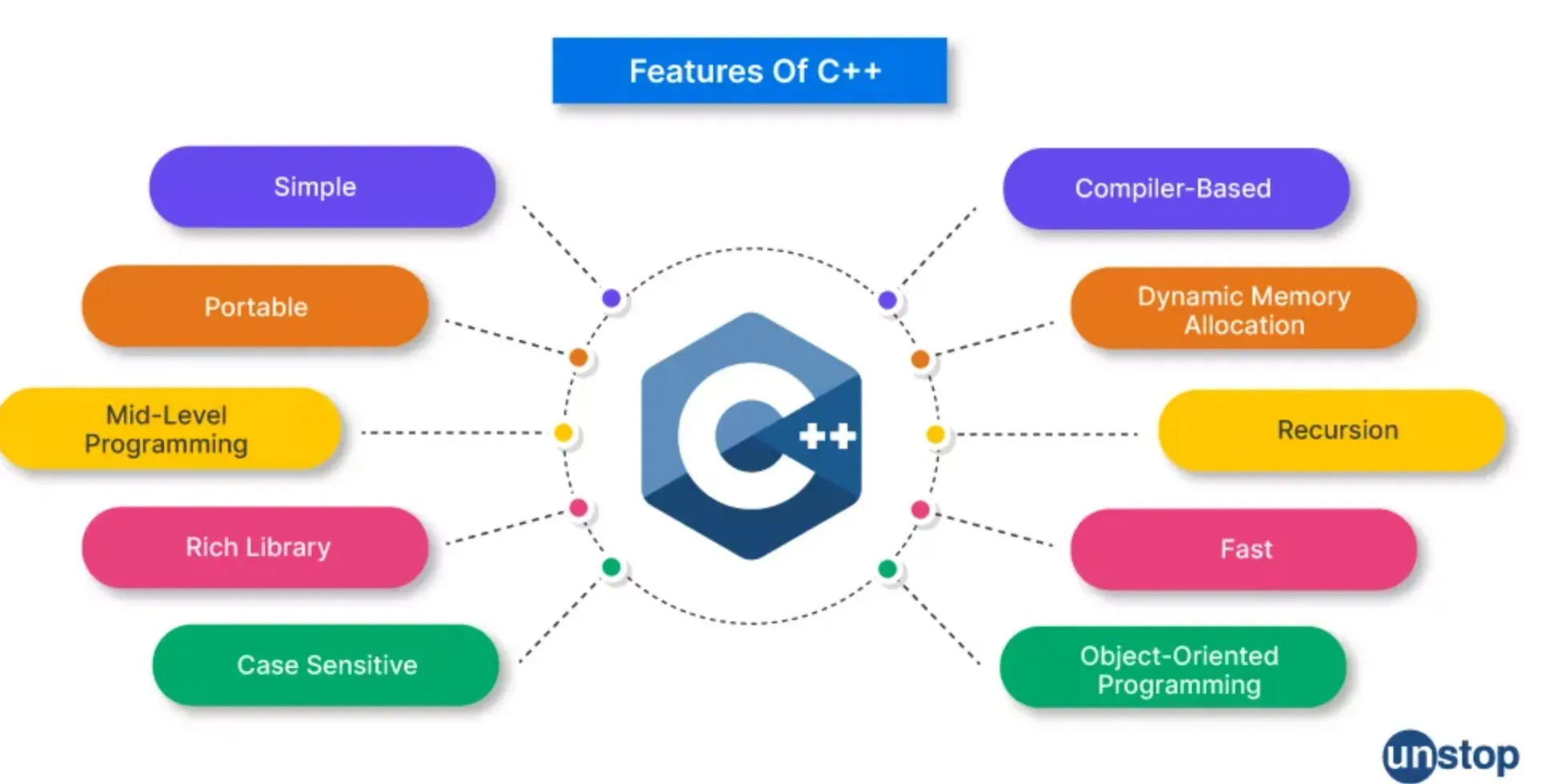Artificial intelligence is worldwide with its eye-catching features and helpful options. It has spread far across all sorts of business sectors. Many companies plan their business plan and strategies around AI.
After all, it claims the capacity to optimize operational processes, create innovative products, and provide excellent services. Many businesses are taking the AI's positive impact on the futures market. Do you know how artificial intelligence spread its magic all over the world in such a less time? The real magician here is natural language processing (NLP).
It is a language humans use to communicate with machines with specific rules. The combined workforce of natural language processing, computer science, and artificial intelligence helps machines understand the natural language.
This natural language technique uses machine-based algorithms. It also can obtain meaning while communicating in both text and voice. NLP has shown its full potential in recognizing human speech, language translation, retrieving information, etc. There are different sets of programming languages for natural language processing. By learning these languages, you can do NLP.
Continue reading to learn more about the top five natural language processing languages.
What is Natural Language Processing?
Artificial intelligence includes the field of NLP. This technology allows computers and artificial intelligence (AI) to comprehend better, interpret, and modify human language. Even though this field is still in its infancy, there are many unique ways it is being used now, including chatbots, autocorrect sentiment analysis and more.
Python and Java are open-source programming languages that programmers use to create and develop NLP applications. They also use Node, a platform that enables JavaScript-based NLP capabilities. The following are some of the well-liked tools for creating NLP applications.
Using NLP and AI one can Build an Conversational Model i.e. A Chatbot. Build your chatbot today using BotPenguin
Features of Natural Language Processing
The features of natural language processing are the following:
- Semantics:Semantics seeks to comprehend what language means and how it creates and interprets it. Imagine developing a system for understanding natural language for the specific application you are attempting to convey clearly.
- Syntax:The grammar-based organization and placement of a statement's elements is known as syntax. Natural language and computer languages are described mainly by syntax. The formal natural language coding is used for artificial logic and computer program languages is more challenging than the natural grammar language.

- Pragmatics:The study of pragmatics includes both the study of human activity and thinking as well as the study of linguistic signals, words, and sentences. It is one of the most crucial elements of comprehending the language.
- Morpheme:A morpheme is a primitive linguistic unit of meaning.
- Phonology:It is the systematic organization of sound. Word formation from unique, meaningful components is known as morphology.
- Discourse:How the interpretation might impact the statement that comes before it.
- World knowledge:It imparts information about the world.
Benefits of Natural Language Processing
The benefits of natural language processing are the following:
- It is helpful for writing platforms and grammar checkers.
- Better human-computer interfaces may be created using natural language coding and vice versa. It is the most significant language for a person who is blind to communicate with computers.
- Translating between human languages is done using a technique called natural language processing. Before using a human translator, it is helpful for basic translation.
- The computer interprets and processes human language, converting website data into mass information before storing it in a sizable database.
- The language has been converted from speech to text naturally. We can use deep learning technology to comprehend human language.
- Sentiment analysis is made simple using natural language processing; it considers the writer's attitude, emotional state, and judgment.
Suggested Reading:
What are NLP chatbots and are they really worth it?
Top 5 Languages For Natural Language Processing
Python
A general-purpose language, Python, has several uses, including machine learning, data research, and back-end programming. Python's straightforward syntax aims for readability, speeds code, and makes learning the language simpler.
Regardless of programming background, Python is a fantastic choice for both novice and experienced machine learning engineers and data scientists because of its adaptability and simplicity.
Python has a large selection of tested, pre-made libraries that accelerate the AI development process. While Keras, Caffe, and TensorFlow enable deep learning, Scikit-learn offers core machine learning techniques like classification and regression.
Python is a top nlp programming language programming language for natural language processing because of its simple structure and text processing utilities like NTLK and SpaCy. Additionally, Python has outstanding documentation and strong community support and is simple to interface with other programming languages or natural language coding.
Natural Language Toolkit (NLTK)

The most widely used framework for building apps that work with human language is the Natural Language Toolkit. For text processing tasks like stemming, tokenization, parsing, classification, semantic reasoning, etc., NLTK has several different libraries available.
The NLTK is free and open-source and may be used by professionals, academics, linguists, and others are crucial. Although it is an excellent alternative for those just entering into natural language processing, this toolkit is a little too sluggish for projects at the professional level.
However, fully understanding it could take time due to its high learning curve.
Natural Language Toolkit is a vital Python package that supports operations including categorization, stemming, tagging, parsing, semantic reasoning, and tokenization. It serves as the main tool for machine learning and natural language processing.
All the data is represented as strings, which is suitable for basic constructions but makes it challenging to apply more sophisticated capabilities. Today, it acts as a machine learning teaching basis for Python developers.
Java
Java is a functional, object-oriented nlp programming language with a straightforward syntax and simple debugging. Java has emerged as the preferred language for creating mobile apps, mainly relying on artificial intelligence. With faster execution and a shorter runtime than Python, Java excels in real-world applications, making it the perfect AI language for time-sensitive machine learning tasks.
Java enables the simple scalability of extensive or sophisticated AI applications.
Several machine learning libraries support Java, including Massive Online Analysis, an open-source data mining program, and Weka, which is used for machine learning techniques, predictive modeling, and other things.
Since devs widely use Java, it is easy to integrate with popular big data processing technologies like Apache Hive, Apache Hadoop, and Apache Spark.
Java's Virtual Machine Technology also enables programmers to create customized tools rapidly and consistently write and run code on all supported platforms. Java is famous for data analysis, deep learning, and NLP; consequently, a vibrant community of support has grown around it.
R

Although R is well-known for its application in statistical learning, it is also commonly utilized in NLP. When it comes to analyzing extensive data in the context of NLP, language is essential. It also becomes useful for computationally intensive learning analytics.
The languages above are among the most often utilized for natural language processing. However, several additional languages are also employed.
This language's natural language processing libraries, including NLTK (Natural Language Toolkit), TextBlob, Gensim, spaCY, and polyglot, have likely been its most significant feature. These libraries have assisted many developers in producing high-quality NLP applications.
Programming in R facilitates statistical learning. It is a language that John Chambers and his colleagues created. It is a language that comprehends and uses graphs and statistical techniques to examine your data.
R is excellent for computationally intensive learning analytics, helping researchers, and analyzing massive data in NLP. Numerous NLP methods are available. Using R to model and prototype is a great approach.
C++

Due partly to the small code that C++ creates, this powerful object-oriented programming language offers a quick processing speed that enables complicated machine learning models to operate efficiently.
Since C++ is a statically typed language, runtime type errors don't occur. C++ is a top choice for creating scalable big data frameworks since it also performs superbly in memory management, adaptive caching, and dynamic load balancing.
C++ is used to create a lot of machine learning and deep learning libraries. Some notable C++ libraries are MLPACK. It provides extensible algorithms that customers may incorporate into scalable machine learning solutions and SHARK. It supports supervised learning algorithms like linear regression. When resource-intensive AI applications need to run quickly, C++ is frequently employed.
Suggested Reading:
5 Example of Chatbots that can Talk like Humans using NLP
Conclusion
You must be clear that natural languages help with human-machine communication.
In conclusion, there are many languages for natural language processing. The world of NLP and AI is developing fast with advanced features. Choosing one language might seem not easy.
Out of the five that we mentioned above, Python has the most extensive scope in natural language processing. But each language has its pros and cons.
Do deep research on each language before choosing one language. Lastly, remember to select the language with a maximum number of tools to assist you in natural language processing tasks.
Build your Chatbot Today . Try BotPenguin
Frequently Asked Questions (FAQs)
Why is Python considered one of the top languages for NLP?
Python is widely used in NLP due to its simplicity, readability, and vast ecosystem of NLP libraries such as NLTK, spaCy, and TensorFlow. Its expressive syntax and extensive community support make it ideal for rapid development and experimentation in NLP projects.
How does Java contribute to NLP?
Java is known for its scalability and performance, making it suitable for building large-scale NLP applications. It offers powerful libraries like Apache OpenNLP and Stanford NLP, which provide essential tools and models for various NLP tasks such as tokenization, named entity recognition, and sentiment analysis.
What role does C++ play in NLP?
C++ is favored for its efficiency and speed, making it ideal for computationally intensive NLP tasks. Libraries like Boost and Tesseract provide C++ developers with robust tools for text processing, machine learning, and OCR (Optical Character Recognition).
How is R relevant to NLP?
R is widely used for statistical analysis and data visualization, making it valuable for NLP tasks that involve analyzing and processing text data. R offers packages like tm, quanteda, and tidytext, which provide functionality for text mining, sentiment analysis, and topic modeling.
In what ways can JavaScript be utilized in NLP?
JavaScript is often employed for NLP applications that require web-based or browser-based interfaces. With frameworks like Natural and Compromise, JavaScript enables developers to perform basic NLP tasks such as tokenization, stemming, and part-of-speech tagging.
Are these the only languages used in NLP?
While Python, Java, C++, R, and JavaScript are among the most prominent languages in NLP, other languages such as Julia, Scala, and Perl are also used in specific NLP contexts. The choice of language depends on the project requirements, available libraries, and developer expertise.



